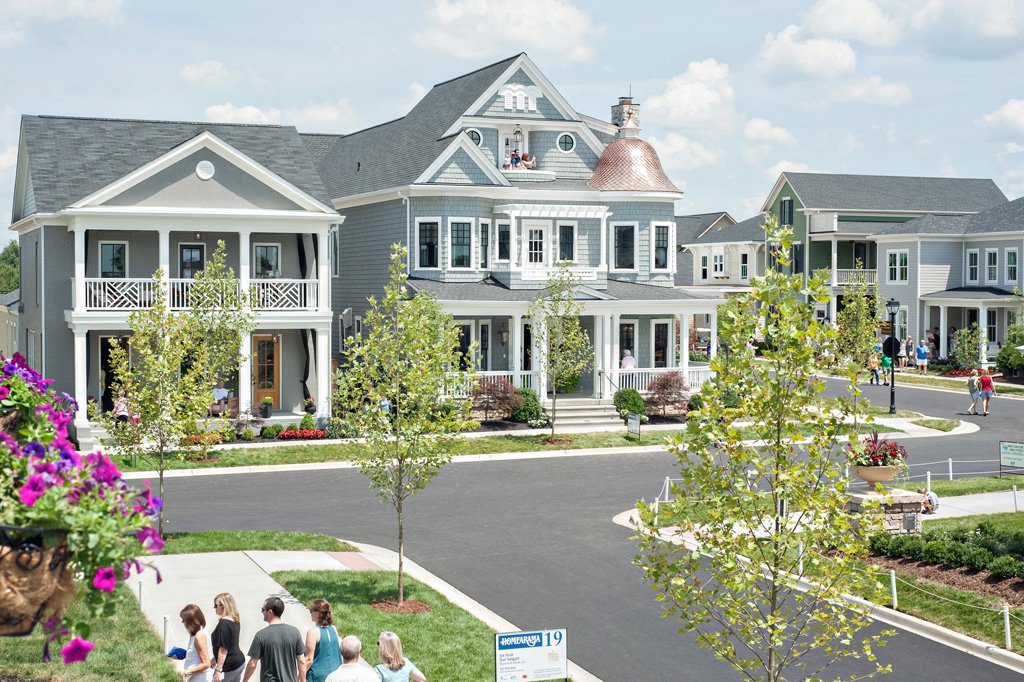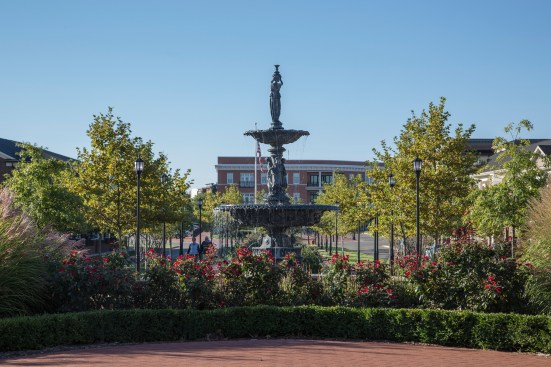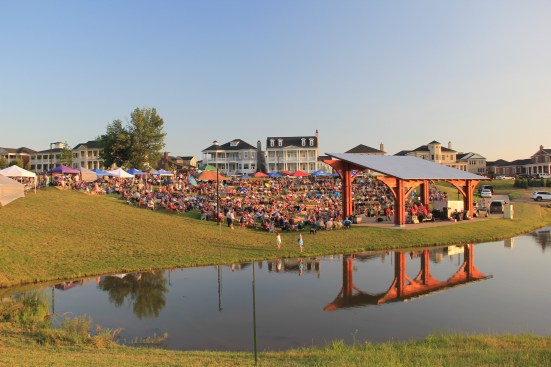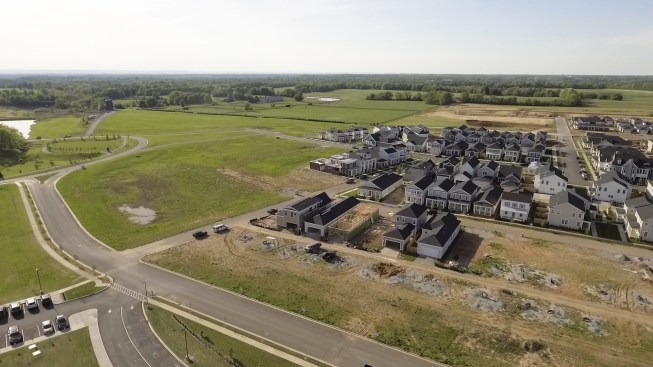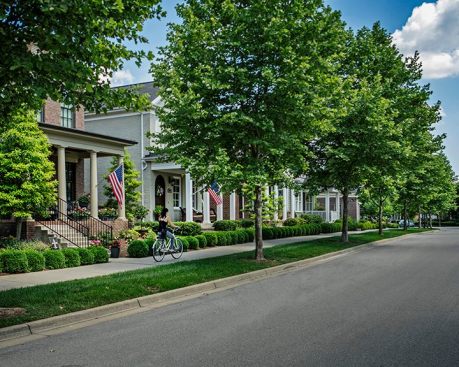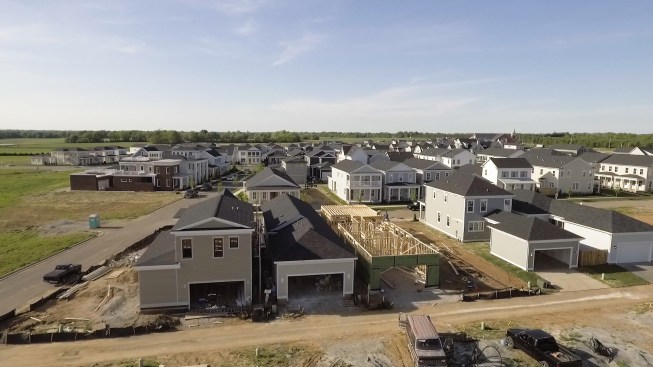At Norton Commons, a 600-acre master-planned community in Louisville, Ky., builders and developers are turning to geothermal energy as a space-saving, eco-friendly alternative to traditional HVAC systems.
Geothermal heating and cooling systems take advantage of moderate ground temperatures for an overall more efficient system that reduces utility bills and carbon emissions. While geothermal technology isn’t new, it’s becoming more attractive to builders, developers, and homeowners alike as a clean and renewable energy source that’s available on demand.
Norton Commons is aiming to be one of the largest developments in the country harnessing this energy, with about 200 homes in the community’s North Village heated and cooled by geothermal systems, 50 additional geothermal homes in design, and 1,000 to 1,400 more planned.
Started in 2003, Norton Commons is Louisville’s first Traditional Neighborhood Development (TND), based on the New Urbanism model for efficient mixed-use communities. TND developments include tight home lots, communal green spaces, and walkable access to retail and community amenities so that residents can leave their cars at home. Norton Commons developers say sustainable technologies like geothermal heating and cooling fit well within this model while solving a number of logistical challenges.
Courtesy Norton Commons
Since homes are sometimes as little as six feet apart, air handling units between homes in the South Village had become a building obstacle and a noise concern for residents, says Norton Commons managing director Charles Osborn.
“In reviewing the alternatives, geothermal came up because it did not require an air-to-air handler outside,” he said. “The North-South border gave us a good clean breaking point after we had gone through the pros and cons of it and felt like this was the direction we wanted to take.”
Before a North Village lot is purchased, two closed loops that are 350 feet deep are installed where the garage will be. Builders connect these loops to geothermal heat pumps manufactured by ClimateMaster, which boast 400 to 600 percent efficiency and an up to 80 percent reduction in heating, cooling, and hot water bills.
Some builders expressed concerns about the cost of going geothermal at first, according to Osborn, but the move has been well-received by buyers who are willing to pay premium for an efficient eco-friendly system. “Even if they don’t fully understand it, we think buyers walk away from the deal feeling better about it because they’re buying something sustainable,” said Marilyn Osborn Patterson, Norton Commons marketing director and legal counsel.
Return on investment isn’t a concern for homeowners, she added, especially since the Residential Renewable Energy Tax Credit was extended last month. On top of the energy bill savings the geothermal system already offers, homeowners get a 30 percent tax credit toward their total HVAC bill.
“When buyers find out that [geothermal heating and cooling] is going to save them noticeable money every month, they’re pretty happy with that,” said Mark Simpson, owner of Simpson Builders. “When they’re outside enjoying their yards and they don’t have to listen to their units cycle on and off, that means a whole lot too.”
Norton Commons currently offers 1,200 residences, 65 businesses, three schools, and over 160 acres of planned green and civic spaces. Once completed, the new urbanist community will be home to 2,800 residential units and close to 10,000 residents. Homes range from the upper $300,000s to $1 million.
